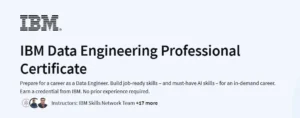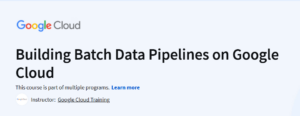What will you learn in New Programmer’s Survival Manual Course
Establish strong programming fundamentals: variables, control flow, data structures, and debugging techniques
Adopt best practices for code organization, version control (Git), and collaborative workflows
Master problem-solving strategies: reading requirements, pseudocode, test-driven development, and refactoring
Navigate common development tools: IDEs, linters, build systems, and package managers
Program Overview
Module 1: Getting Started as a New Programmer
⏳ 1 hour
Topics: Setting up your workspace, choosing your first language, understanding the learning curve
Hands-on: Install an IDE, configure Git, and write your first “Hello, World!” program
Module 2: Core Language Concepts
⏳ 2 hours
Topics: Variables, types, operators, control structures, and basic I/O
Hands-on: Solve simple coding challenges to reinforce loops, conditionals, and functions
Module 3: Data Structures & Algorithms Basics
⏳ 2 hours
Topics: Arrays, lists, stacks, queues, hashing, and simple search/sort algorithms
Hands-on: Implement and test core operations (push/pop, enqueue/dequeue) and sort routines
Module 4: Version Control & Collaboration
⏳ 1 hour
Topics: Git fundamentals—cloning, branching, merging, pull requests, and code reviews
Hands-on: Contribute to a sample repository: create a feature branch, commit changes, and open a pull request
Module 5: Debugging & Testing
⏳ 1.5 hours
Topics: Using debuggers, writing unit tests, understanding stack traces, and logging practices
Hands-on: Write and run test cases for existing code, step through with a debugger to locate bugs
Module 6: Writing Maintainable Code
⏳ 1.5 hours
Topics: Naming conventions, modular design, DRY principles, and code documentation (comments/README)
Hands-on: Refactor a monolithic script into organized functions/modules with clear documentation
Module 7: Tooling & Build Automation
⏳ 1 hour
Topics: Build tools (Make, npm scripts, Maven/Gradle), linters, formatters, and continuous integration basics
Hands-on: Set up a linting/formatting pipeline and configure a basic CI workflow to run tests on commit
Module 8: Career & Growth Strategies
⏳ 1 hour
Topics: Estimating tasks, seeking feedback, learning from open source, and planning your learning roadmap
Hands-on: Draft a 6-month learning plan with milestones and select a small project to apply new skills
Get certificate
Job Outlook
Junior Software Developer: $65,000–$85,000/year — entry-level roles focusing on feature work and bug fixes
Quality Assurance Engineer: $60,000–$80,000/year — leverage testing skills to ensure product quality
DevOps/Build Engineer (Entry-Level): $70,000–$90,000/year — automate builds, tests, and deployments
Mastering these foundational skills fast-tracks you into your first engineering role and sets the stage for continuous career growth.
Specification: New Programmer’s Survival Manual
|





